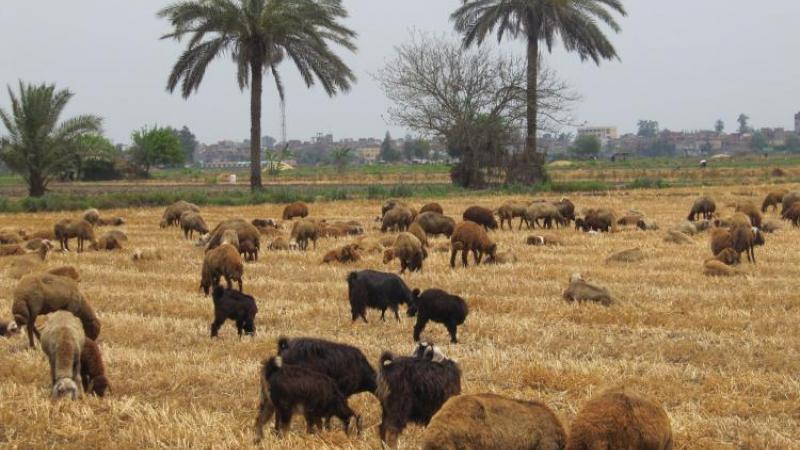How climate-smart technologies from drylands research add value to national climate change plans.

Innovations from agricultural research have solutions that add value to country investment plans tto combat climate change and meeting Sustainable Development Goals.
ICARDA offers a range of tested technologies and practices. They are developed with countries and international research centers. These are the building blocks of tomorrow’s robust, climate-smart food production systems.
Climate-smart farming innovations, as part of a national climate change action plan, supports the long-term agricultural growth of drylands countries. These innovations help regenerate degraded land. They bring new nutrition and income benefits to rural populations. Here are technologies, practices and policy options are tested and ready for scaling-up.
- Climate-resilient crops.
A range of improved varieties adapted to harsh dryland environments - heat and drought tolerance. From the ICARDA genebank of 154,000 accessions of land races and crop wild relatives.
- Crop persification strategies.
Cereal-legume systems make soils fertile and bring people increased nutrition and food.
- Crop-livestock systems.
Mixing sheep and goats with a perse cropping system brings foods security and income for families living on marginal lands.
- Managing severe water scarcity.
Stabilizing and increasing crop and rainwater productivity. Producing more food with less water.
- Rehabilitating rangelands.
Soils are the biggest terrestrial carbon sink after oceans. Rehabilitating rangelands for small-scale fodder production improved livelihoods and carbon capture.
Assessing climate change at community level
Global averages hide pockets of climate change variation and vulnerability. ICARDA’s ‘climate downscaling techniques’ work with several drylands countries to assess village-level impacts of climate shifts. This helps national plans target activities to specific parts of the population.
New crops that fight drought, heat and disease
All countries can use ICARDA’s wealth of drylands plant genetic resources to breed crop varieties that thrive in tough climatic conditions – such as excessive drought, heat and salinity. These include 1037 new varieties of bread and durum wheat, barley, chickpea, lentil, faba bean and grasspea.
Conservation Agriculture protects fragile soils
Conservation agriculture avoids plowing to protect fragile soils and help drylands farmers produce consistent yields under harsh environments. This preserves soil fertility and reduces fuel costs. Seeders from high-income countries are not suited to local land and market conditions. Drylands conservation approaches for low-income and marginal areas – were designed with farmers in Syria, Jordan, Central Asia, Morocco and Iraq, who have local markets for seeder production and repair.
Climate-smart land and water practices to combat growing water scarcity
A unique ‘salinity development package’ is available to drylands countries whose food production is threatened by salinity problems. This expertise helps plan investments to rejuvenate
salt-damaged agricultural systems, including: salt-tolerant crop varieties; new food production value chains; options for efficient irrigation management and salt tolerant forage crops – to create new livestock sectors where traditional crops no longer grow. The raised bed farming technique brings a 25% increase in wheat yields using 30% less water and a 50% reduction in seeds. The Egyptian Government plans to move 729,000 hectares to raised bed practices by 2018.
Crop-livestock technology packages to fight climate change
A national crop-livestock strategy protects families from climate change – opening a new agricultural sector in marginal areas. Sheep and goats are a food security bank for families, providing meat, value added products for home and market (milk, cheese products, wool and cashmere). ICARDA’s ‘livestock livelihood packages’ can benefit millions of drylands smallholder communities
